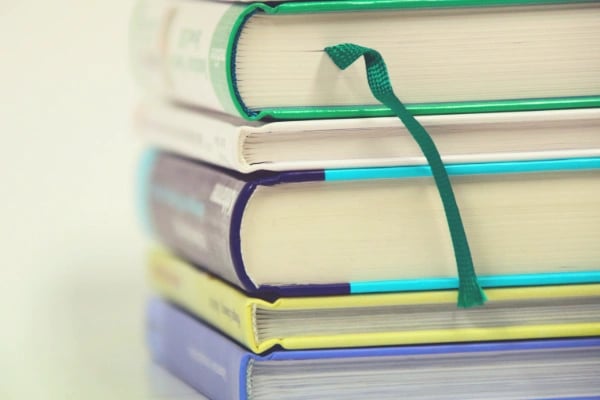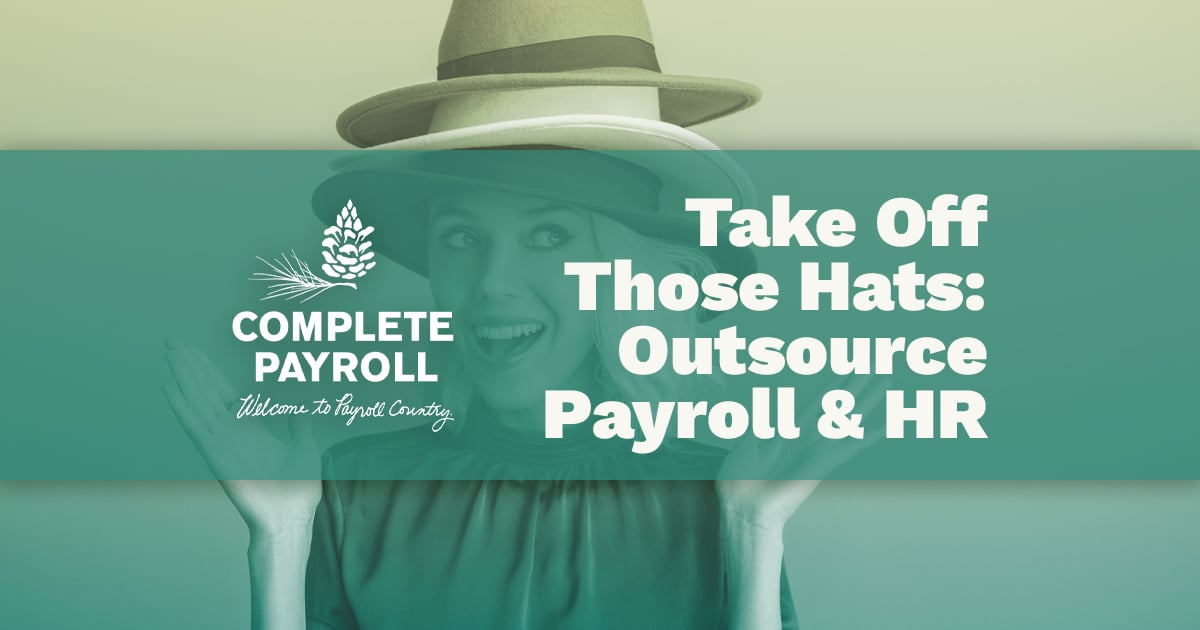
Onboarding new employees is a key practice to acquiring new talent. Hiring remote employees presents more of a challenge when it comes to training. Don’t let that keep you from bringing in the best employees. If you follow some basic best practices, remote employees can get the proper training they need.
Make sure remote employees do their homework
One of the benefits of working remotely is time flexibility. Remote employees are accustomed to working on items at times when they are most productive. As an employer you can leverage this type of flexibility. Give your remote employees homework that can be done on their own time ahead of any formal training, such as e-learning modules, documents, and other reading. You should follow up on any homework items to make sure the remote employee has learned the information.
Conduct software training using screen capture tools
When training new employees on various company software, it’s best for employees to see how the programs work and then try it themselves. For in-office employees this usually means sitting down with them and walking through the steps in person. For remote employees there are a number tools available to allow remote employees access to your desktop during a video conference. They can follow along as you demonstrate the software.
It is also a good idea to make screen capture videos showing how to use company technology. Videos can be kept in a “knowledge repository” where remote employees can access them at any time. This allows remote employees to get answers to their questions on their own schedule.
Use presentation best practices
When giving a presentation for a teleconference, many of the best practices for in-house presentations need to be followed.
-
Keep it moving - If you have a slide that can’t be read in 15 seconds or explained in under a minute, it’s time to break that slide into separate points
-
Keep it lively - The best trainers know how to shake up their presentations by changing the content frequently and using photos, videos, and transitions
-
Use different tools - While a slide show is the gold standard for presentations, there are other tools available to convey information. Consider interspersing quizzes as a method of reviewing information
By following the basic best practices for presentation you keep everyone’s attention, which is the most effective way to teach new information.
Use social media for peer-to-peer networking
While formal training is essential for onboarding new hires, a majority of total learning comes from informal learning. In the workplace this tends to happen in the course of normal conversation, maybe around the water cooler or during lunch outings.
Remote employees also need a form of informal learning. Social media platforms provide an excellent way for remote employees to communicate questions in real time. Tools such as Slack, Flowdock, or Google Hangouts let new remote employees interact easily with established employees, both in-office and remote.
Document all training processes
Many companies make the mistake of having one person in charge of training. When that person suddenly leaves the company, what happens? All the training knowledge leaves with that person.
For that reason experts advise to document your company’s training processes and keep them in a centralized place where many people have access. There should be clearly noted documents, slide presentations, and videos so someone besides the main trainer can step in to take care of training if the need arises.
Training remote employees is just as critical as training in-office employees when it comes to a smoothly running onboarding process.
There's no denying the growing trend of remote employment in the United States. So check out our comprehensive overview of everything employers should know about a remote workforce, including upsides, downsides and overall impact to payroll and HR systems.

















 Get Instant Blog Notifications
Get Instant Blog Notifications


%20Need%20to%20Know%20about%20the%20New%20I-9.jpg)